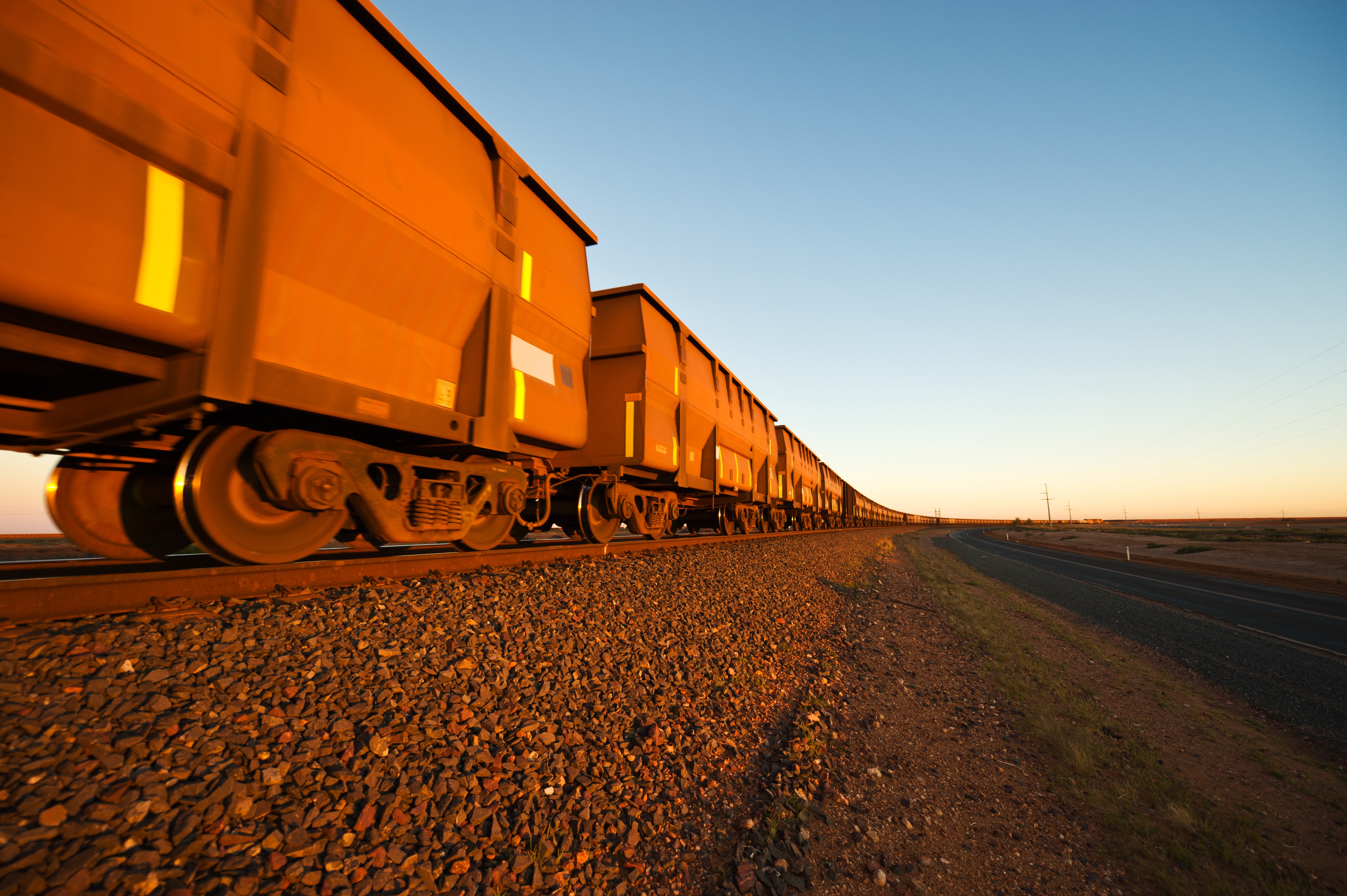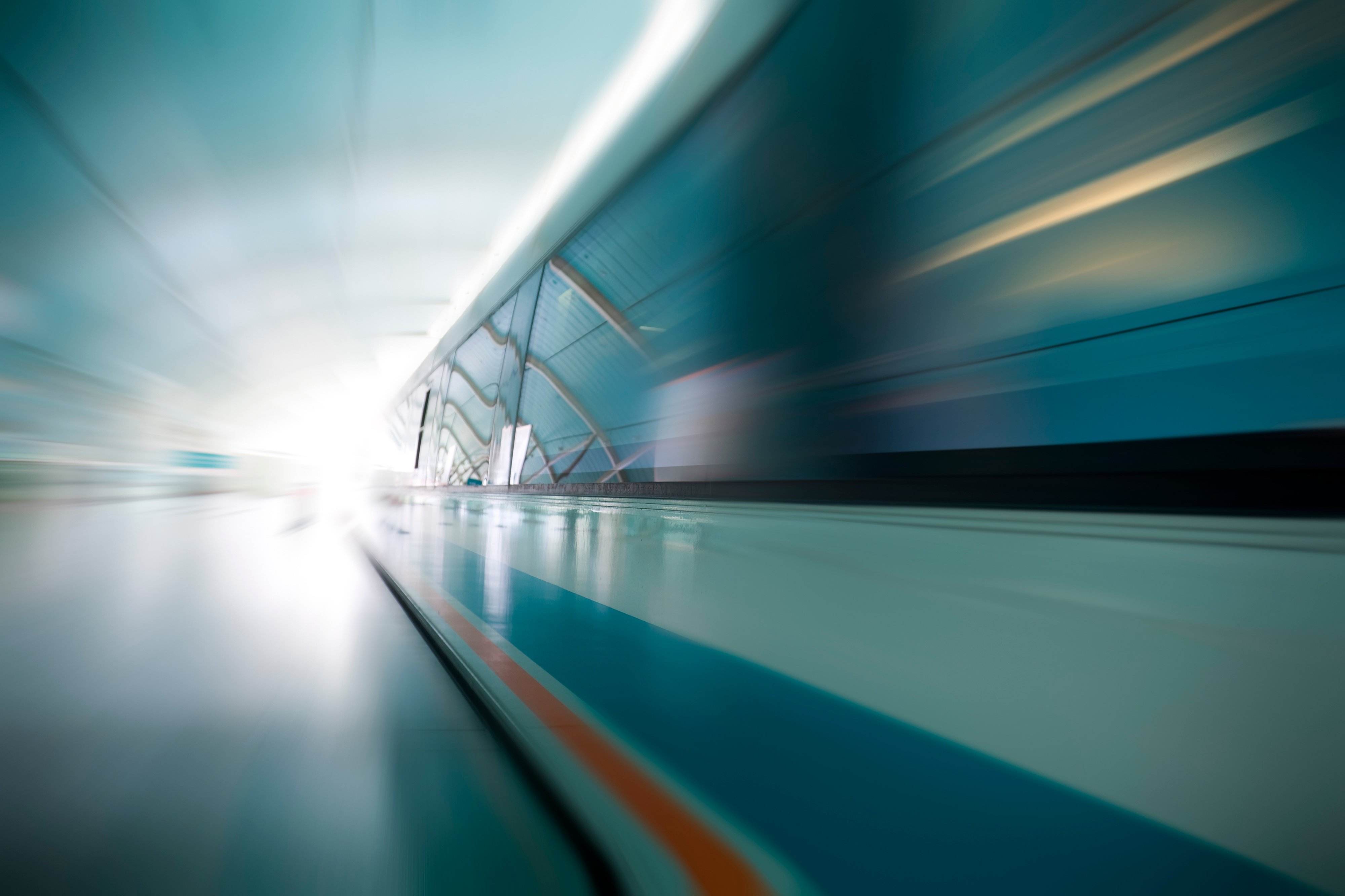The rail industry is currently experiencing massive, widespread change, driven by varied and wide-ranging influences. Along with these changes come both challenges and opportunities. Businesses able to respond to these changes will be more competitive and ready to move into the future.
Here are just a few of the factors impacting the future of rail:
New Power Sources
As our population increases, so does our consumption of resources. And these resources will eventually become prohibitively expensive. The rail industry (and many other industries) are already shifting towards new power sources and forms of fuel.
LNG has been used by some railways, while hybrid options using hydrogen may provide the answer the rail industry needs to reduce both costs and emissions.
Urbanised Population
According to the United Nations, 54% of the world’s population is living in urban areas. By 2020, this could increase to 75%. This rapid urbanisation will place massive pressure on infrastructure which is already strained in many parts of the world. But this is an opportunity for the rail industry, as transportation will need to be able to absorb this growth and move huge amounts of people as quickly as possible.
Digitisation
Digital has arrived later in rail, and the industry has so far been slow to integrate digital initiatives. However, the Internet of Things is enabling rail companies to use onboard sensors to monitor and analyse systems in real-time. That means that problems can be identified before they cause issues and delays.
Digitisation will also lead to better customer service. We’ve seen how technology like contactless banking cards, smart cards, and payment apps are becoming expected, and before long, passengers will be able to board trains without needing to go through ticket barriers and without needing a paper ticket.
Once onboard, passengers will be able to use free wifi. They’ll also be able to get real-time updates on delays and expected arrival times.
Increased Competition
The rail industry is seeing a number of startups entering the sector. Without established operating costs of larger firms, they’re guaranteed to continue to disrupt the industry in the future.
These firms can roll out digital solutions within days or weeks, instead of the typical months or years. And some of the biggest problems with current rail businesses, such as organisation, overcrowding, and ticketing, are already being solved by startups in a number of hackathons.
Integrated Solutions
While it may be easy to assume that services like Lyft and Uber are direct competition for rail, these services actually make it more likely that people will use public transport. That’s because these options make it easier for people to get to and from the metro or train without needing to use their own car (especially in poor weather).
This means that we may see rail partnering with ride-sharing companies in the future, as long as ride-sharing is not seen as being more attractive than using a combination of both Uber and public transport.
Improved Stations
Rail stations have historically been places that passengers choose not to stay for long periods of time. In the future, however, stations may become more like airports, with facilities that allow them to enjoy their time while transferring between trains or waiting for a ride.
Stations see huge amounts of people moving through their doors every day. And by investing in food and retail options, they can pay for more ergonomic designs while also providing more options and better service to passengers.
As you can see, the rail industry has plenty of opportunities for growth in the future. At Powerbox, we provide a range of power sources to help decrease costs while increasing efficiency. Get in touch today to learn more.




